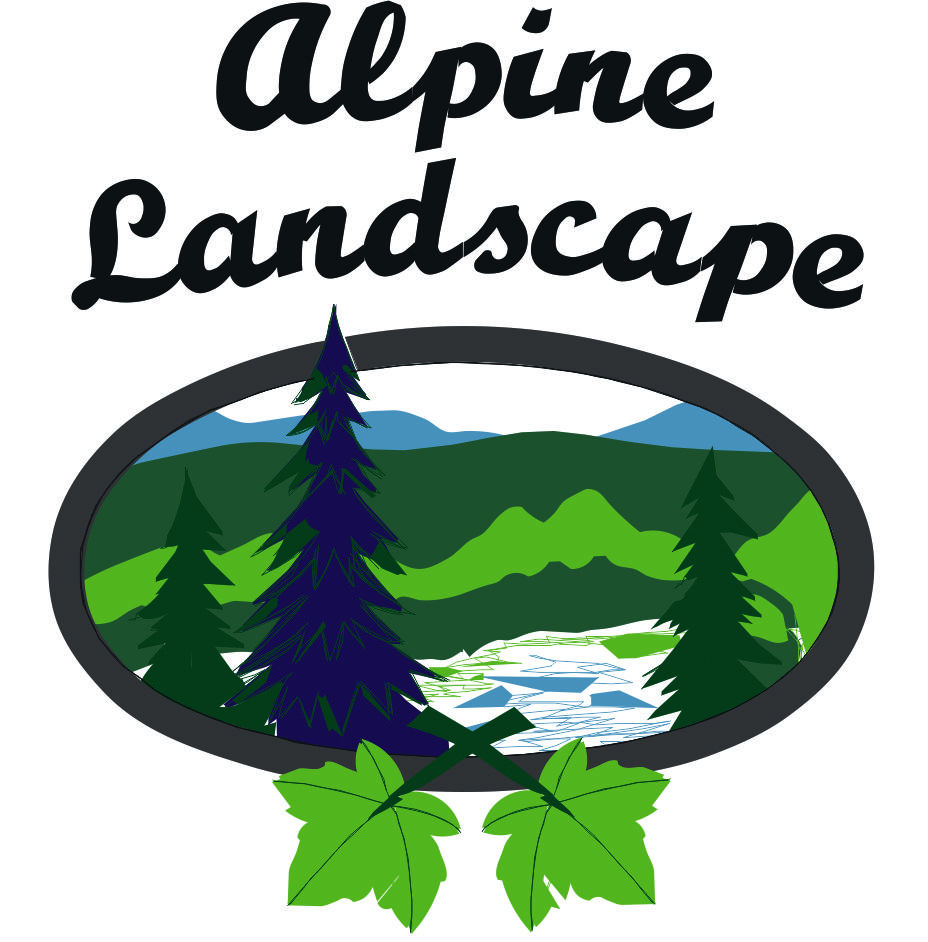Making Your Yard Dog-Friendly
/When thinking about landscaping your yard, be sure to include your pooch in your plans! Think about the personality of the breed you have, as well as your particular dog. If your dog has certain natural tendencies, like frequent digging or marking its territory, give into them and incorporate those things into your landscaping project. You will both ultimately be much happier.
There are many elements that can be incorporated into a pet-friendly yard. Remember to have paw-friendly gentle hardscapes, like pea gravel or flagstone, and also provide a comfortable shady area as well. Avoid thorny plants, as those can cause devastating eye injuries. If using mulch, consider small cedar chips. Create raised beds or use rock or driftwood borders to keep dogs out of certain areas. Using sturdy vegetation like Boxwood or Thyme, plant densely to deter animals from special spaces. (Keeping the ground wet or using garlic or pepper oil sprays can also be effective deterrents.) To cope with soiled sod, immediately rinse the area with plenty of water to dilute the urine. Better yet, create a space with gravel or mulch for a dog potty area, to avoid the telltale yellow stains on your lawn. You could also incorporate a vertical element to satisfy a male dog's instinct to "mark" its territory. Clover lawns are another option, as they do not stain as much as grass lawns do.
Water-loving dogs might enjoy a small pond to wade in and cool down. A running track for patrolling and exercise could save other areas of your lawn. And using sensible plants (ones that are sturdy enough to withstand dogs) will also prevent the heartache of a ruined delicate landscape.
If your dog is a digger, establish a digging area, filled with sand and soft soil and topped with wood mulch. Train your dog to dig only in that area by burying treats there. Rake over the holes frequently to keep the area tidy. If your dog digs holes to lie down in, plant more trees in your yard to give your pet shade and another way to cool off. If your dog digs in flower beds, put down rocks as borders and ground cover, or create raised beds. To disguise dug-up and destroyed areas, cover the dirt with mulch or bark and plant a row of shrubs in front to create an attractive barrier.
In addition to catnip, cats also particularly like mint, cat thyme, and valerian. However, avoid the following plants, as they can be dangerous (and in some cases fatal) to both cats and dogs:
- Lilies
- Crocus
- Narcissus
- Tulips
- Castor Beans
- Yew
- English Ivy
- Hellebore
- Azaleas
- Oleander
- Foxglove
- Sago Palm
- Rhododendron
- Begonias
- Aloe
- Dahlia
- Elephant Ears

